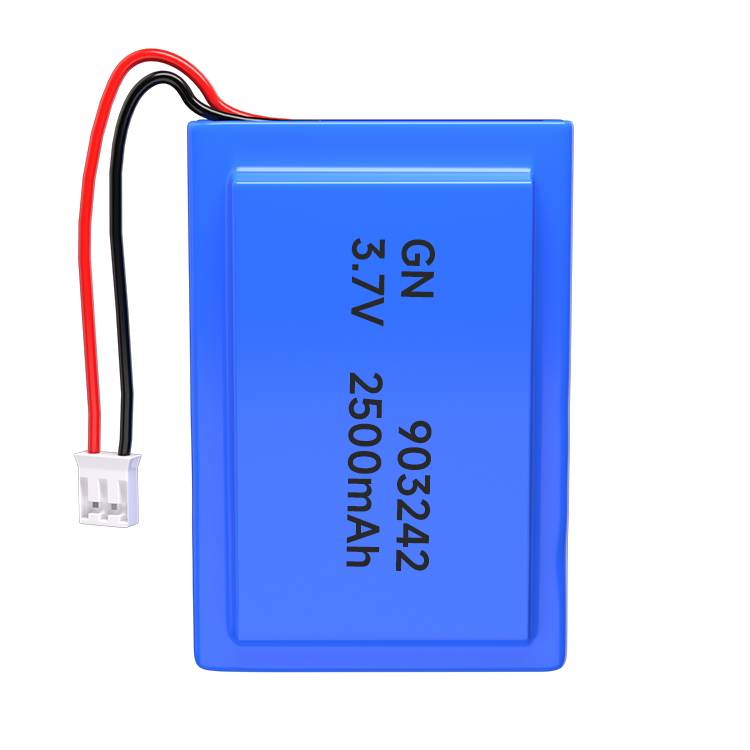
Many friends have experienced situations where batteries are not disabled
at low temperatures compared to normal temperatures. Batteries are easily
discharged at low temperatures, especially in northern regions where it is more
evident that batteries are more prone to running out of battery in severe cold
and low temperatures. So why does battery capacity decrease quickly at low
temperatures? This involves a complex situation. Below, the editor will provide
a brief explanation of several key factors.
1. In terms of battery properties
In terms of battery properties, batteries can be divided into conventional
batteries used at room temperature and specialized low-temperature batteries
used at low temperatures. Conventional batteries are generally batteries that
can discharge about 90% of their power at temperatures above -15 ℃. If the
temperature is lower, the discharge capacity will decrease linearly, and it will
be very obvious that the battery is not disabled or cannot be used (such as
basically not discharging at -40 ℃), Of course, it can discharge 100% of the
electricity at room temperature; Low temperature batteries designed specifically
for use at low temperatures can generally operate at temperatures between -40 ℃
and 60 ℃, or in other words, batteries that can operate at temperatures between
-50 ℃ and 50 ℃; This type of battery can generally discharge about 85% of its
electricity at -50 ℃, about 90% at -40 ℃, and over 95% at -30 ℃ or above.
That is to say, if the battery wants to release more electricity in low
temperature and severe cold, it needs to use specialized low-temperature
batteries, because the raw materials used in the production and manufacturing of
low-temperature batteries may differ from those used in conventional
batteries.
Take the polymer lithium battery that we are familiar with and familiar
with as an example. It also includes conventional batteries used at room
temperature and specialized low-temperature batteries used at low temperatures.
The main raw materials used in their production and manufacturing are generally
similar, but the electrolyte formula used is different. The electrolyte used in
room temperature batteries is not frost resistant, which means that at low
temperatures, the activity of the electrolyte will decrease, and the
conductivity will also decrease. If the performance is poor, at lower
temperatures, it will cause damage to the internal chemical structure of the raw
materials due to freezing, and the discharge performance of the battery will be
severely damaged, resulting in a serious decrease in discharge volume and even
inability to discharge. The electrolyte formula used in low-temperature polymer
lithium batteries is relatively frost resistant. Even at low temperatures of -50
℃, the internal chemical structure of the battery is still relatively stable and
maintains a certain degree of activity, with good conductivity, so the discharge
performance can maintain a certain level of performance.
So if you feel a significant decrease in the discharge of the battery you
are using at low temperatures, then the battery you are using is likely not a
low-temperature battery (low-temperature is a new battery or a recently used
one).
2. In terms of battery types
The different types of batteries have different discharge performance at
low temperatures (the size of discharge current and the amount of discharged
electricity will also vary), mainly due to the chemical properties of the
battery's raw materials, which are relatively difficult to improve. Below, let's
briefly introduce the basic charging and discharging performance of different
types of low-temperature lithium batteries
(1) Low temperature lithium iron phosphate battery
Low temperature lithium iron phosphate batteries can operate within the
temperature range of -40 ℃ to 55 ℃, and if discharged at a current rate of 0.2C
at -20 ℃, the discharge capacity exceeds 85%, 70% at -30 ℃, and 55% at -40 ℃. At
the same time, they can achieve charging performance at -20 ℃.
(2) Low temperature polymer lithium battery
The working temperature range of low-temperature polymer lithium batteries
is -50 ° C to 50 ° C, and they discharge at a current rate of 0.2C at extremely
low temperatures of -50 ° C, with an efficiency of over 60% in discharge
capacity; At -40 ℃, discharge at 0.2C with a discharge capacity of over 80%; At
the same time, it can also achieve the performance of charging at -20 ℃ low
temperature.
From the above data, it is evident that the low-temperature charging and
discharging performance of low-temperature polymer lithium batteries is better
than that of low-temperature iron phosphate lithium batteries, which also
indicates that different types of batteries have different discharge performance
at low temperatures.
Read recommendations:
Carpet game signs
The demand for lithium battery market increases sharply
Development of Lithium Battery Materials
convenient energy storage power supply manufacturer
18650 battery 3.7v 2200mah












































 360° FACTORY VR TOUR
360° FACTORY VR TOUR
 Whatsapp
Whatsapp
 Tel
Tel Email
Email TOP
TOP